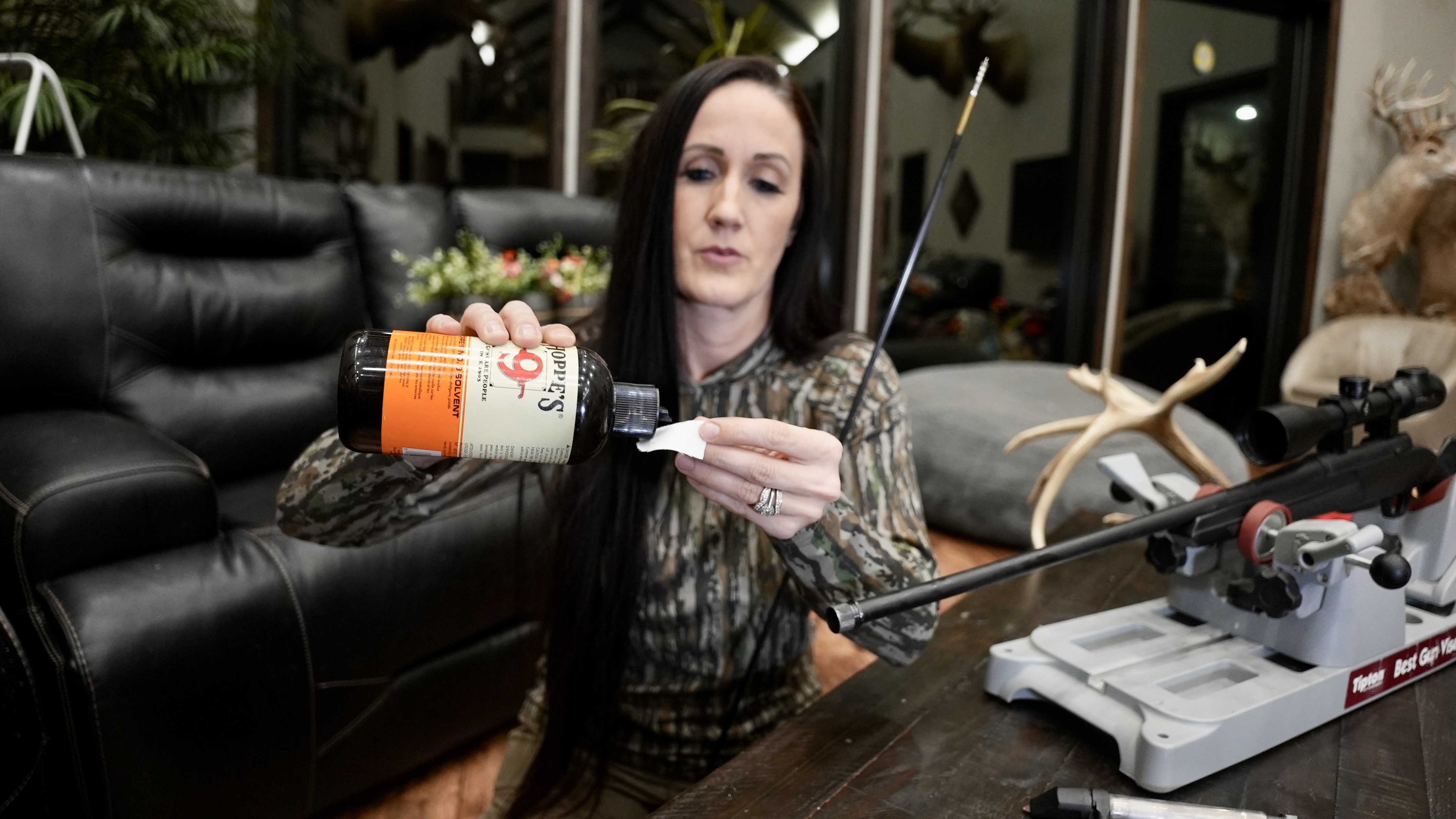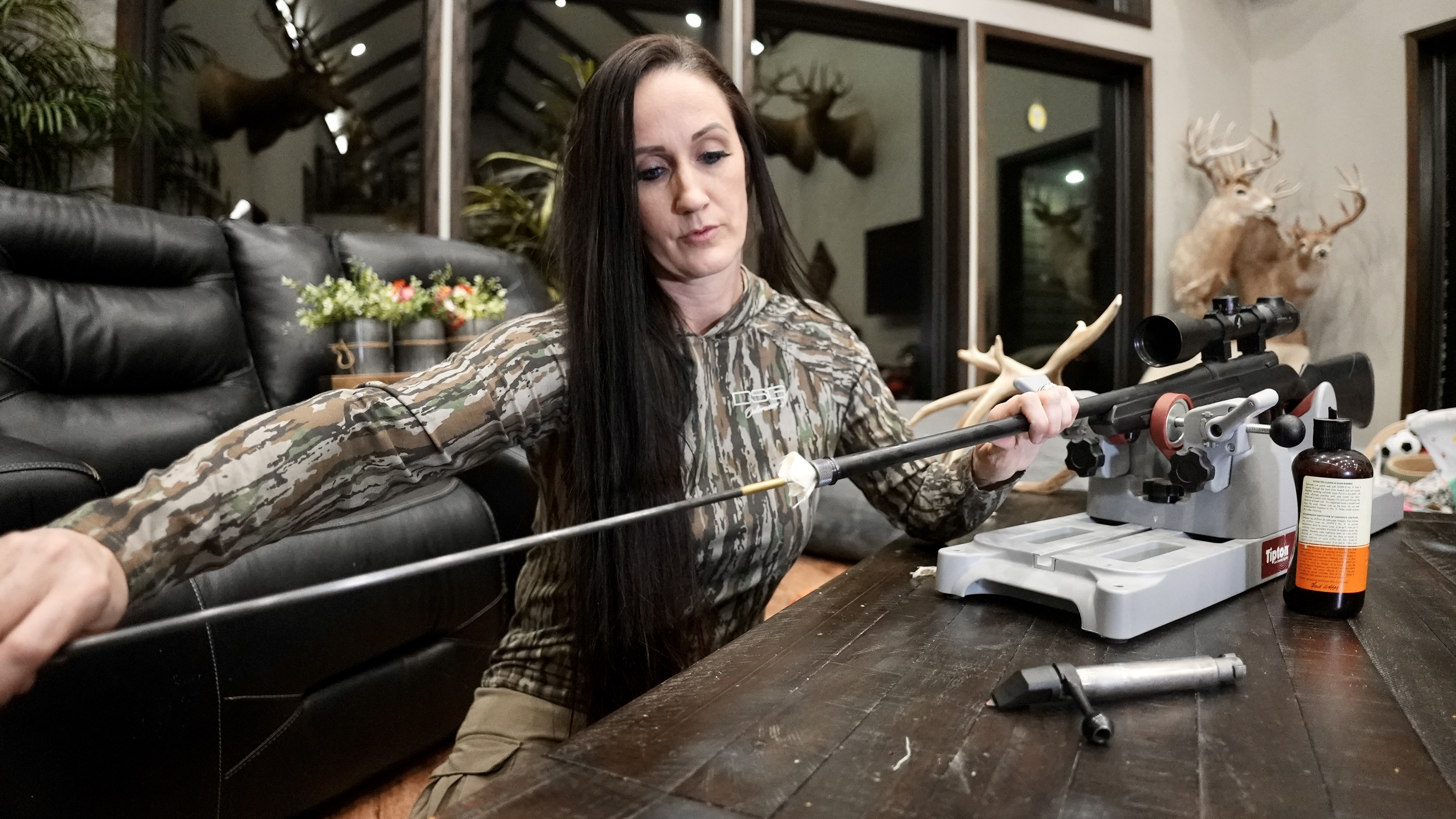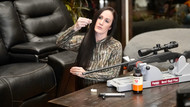Cleaning & Caring for Your Firearm
Posted by Samantha Simma on Jan 30th 2022
Firearms are as much an investment as they are a tool. Given the outdoor conditions that our firearms are exposed to—including humidity, precipitation, and even our own skin oils—it’s no surprise that firearms require proper care, cleaning, and maintenance to ensure that they perform safely. Failing to do so can lead to malfunctions and poor performance, in addition to the safety hazards an improperly cared for gun risks.
Every time a firearm is fired, residue from the ammo builds up inside the barrel, causing corrosion. Even if your gun isn’t fired, but is out in the field or woods, it should be inspected and cleaned after use. Start getting in the habit of concluding your outings with your firearm with a cleaning session, by following the best practices outlined below.
Before You Begin
Whenever you’re handling a firearm, you should treat the gun like it’s loaded—always pointing it down and away from yourself and others. Of course, before cleaning and inspecting the firearm and its parts, make sure the firearm is unloaded and the safety is on.

Choose a cleaning space that is well lit and ventilated. Because you will be dealing with solvents and chemicals, wearing gloves and eye protection is recommended. Within the space, have a clear work area—usually a table or work bench—where you can place your cleaning supplies, tools, and the firearm’s parts as you disassemble and reassemble it. You’ll likely want to cover the workspace with a mat or protective covering, as this will protect the surface and make for easier cleanup.
Next, you’ll need to gather the necessary cleaning supplies and tools for your specific gun. While it may not be the most riveting reading material, you’ll want to review your firearm’s owner’s manual so that you can fully understand what cleaning your gun and disassembling it will entail. You can either opt to purchase a cleaning kit for your caliber of gun or assemble your own. Most of these kits will include the following: a cleaning rod, bore brush, bore snake, cleaning jag, cleaning swag, cleaning patches, cotton swabs, utility brushes, and luster cloth.
Other supplies you’ll need include cleaning solvents, lubricants, and protection mixtures. Cleaning solvents break down carbon and copper, while lubricants make the gun move more smoothly—minimizing wear on the gun as it operates. Finally, protection mixtures prevent corrosion. Make sure that the products you purchase are specifically designed for gun care, as using the wrong chemicals can eat away at the metal of your firearm and gunk up its various parts.
Cleaning
Each gun is different, so it’s important to first refer to the owner’s manual for your firearm for the most precise cleaning and disassembly instructions. However, many of the concepts related to caring for and cleaning your firearm can be applied to other firearms. For example, while out in the field or after using your firearm, you should clear it of any obvious dirt or debris. Back at your cleaning space, you’ll disassemble the gun and start the more detailed work.
 To begin, attach a bore brush to your cleaning rod and run
it through the barrel of the gun, in the direction a projectile would travel
down the barrel. The dry brush will break up or force out larger bits of grime
and debris. Next, add just a bit of solvent to the brush and run it through the
inside of the barrel multiple times. Then, replace the bore brush with a patch
holder on the cleaning rod, and run a clean and dry patch through the barrel.
Using a new patch each time, run the rod through the barrel as many times as it
takes for the patch to exit the barrel mostly clean. If you’re cleaning a
revolver, you’ll want to clean each of the chambers too.
To begin, attach a bore brush to your cleaning rod and run
it through the barrel of the gun, in the direction a projectile would travel
down the barrel. The dry brush will break up or force out larger bits of grime
and debris. Next, add just a bit of solvent to the brush and run it through the
inside of the barrel multiple times. Then, replace the bore brush with a patch
holder on the cleaning rod, and run a clean and dry patch through the barrel.
Using a new patch each time, run the rod through the barrel as many times as it
takes for the patch to exit the barrel mostly clean. If you’re cleaning a
revolver, you’ll want to clean each of the chambers too.
Now, you need to clean the firearm’s other components. Using a solvent spray, clean the action by thoroughly coating it with spray, and hold it in a way that allows the solvent to drip down onto the mat you’re cleaning over or into a drip pan. Use a special purpose brush to clean the magazine, being careful as you handle the magazine because it’s spring loaded.
After the firearm has been thoroughly cleaned, you need to lubricate the areas indicated by your owner’s manual. Often this includes the bore, action, slide assembly, and exterior of the barrel. While lubricating your firearm will help avoid excess friction on its parts while firing, too much lubricant will catch debris—so start with just a small amount. Once the firearm has been lubricated, reassemble the firearm, and wipe the exterior with protectant. Again, be careful not to use too much, and remove any excess protectant.

Storage
Once cleaned, store your firearm in a secure, safe place. You want to select a space that is clean and dry, and having the ability to secure the space with a lock is ideal. Above all, make certain the location is out of reach of children.
Even guns that are stored properly should have a regular inspection and cleaning schedule—usually quarterly is sufficient if the guns are not in regular use. At the end of the day, prioritizing the maintenance of your firearms is essential to maintaining a firearm’s integrity. All firearms are precision-based instruments that have been carefully crafted, which means they require the same standard of care.

